Home to more than 240 specially-protected natural areas and boasting 100 state reserves, the world’s largest country is teaming with unique and diverse ecosystems, animal and plant species, and . . . tourists!
Between January and December of last year, Russia’s national parks and reserves saw about 11 million visitors, more than 50 percent more than figures just six years earlier, in 2011. The five most popular spots include parks known as Losiny Ostrov, Pribaikalsky, Russian Arctic, Curonian Spit and Baikal-Lensk. These five alone are visited by 2.5 million eco-tourists annually.
LOSINY OSTROV
As Russia’s very first national park, Losiny Ostrov is the only protected area in Moscow and Moscow Oblast. The park has a territory of more than 28,000 acres, which makes it the third largest forest in a city of comparable size, after Table Mountain National Park in Cape Town, South Africa and Pedra Branca State Park in Rio de Janeiro.
The name of the park means “the island of elks” in Russian, as this large land mammal has found a home near the capital city of Russia. But elks are not the only inhabitants of the park, as their neighbors include more than 230 species, including wild boars, deer, foxes, hares, squirrels, raccoon dogs, beavers, muskrats, hawks, white-tailed eagles and many others. Losiny Ostrov’s flora is as rich as fauna and features more than 500 species such oaks, spruces, birches, lindens, and pines.
Visitors to the park can enjoy an open-air recreation area, while there are two more zones. The first is opened to limited visits via strictly established routes and provides for walking and sports, and the second one is a specially protected area.
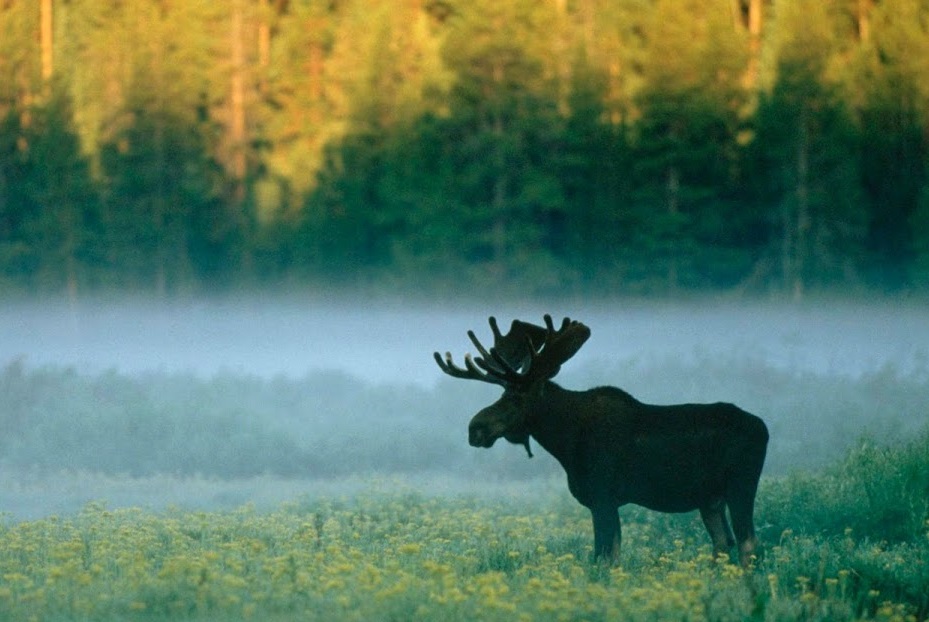
RUSSIAN ARCTIC (RUSSKAYA ARKTIKA)
While covering about 20 million acres – nine times the size of Yellowstone National Park in the U.S. – Russian Arctic National Park is the largest in the country and includes two polar archipelagos, Novaya Zemlya and Franz Josef Land, the world’s northernmost chain of islands.
Though there are no permanent residents in the park, it is possible to visit the inaccessible territory as part of a sea cruise. Since its launch in 2009, the Russian Arctic has been attracting thousands of tourists who spend big money – more than $30,000 – to enjoy unique ecosystem featuring icy landscapes, giant glaciers, and waterfalls, as well as a characteristic fauna. In 2017, about 937 tourists from 36 countries visited the park, with 450 coming from the EU and more than 200 from China.
Despite the harsh climate, the islands are home to creatures like the Atlantic walrus, bowhead whale, polar bear, narwhal, white gull and white-fronted dolphins. The sea unicorn – a rare marine mammal and a symbol of the Russian Arctic – also lives there.
Meanwhile, the Russian Arctic is famous with the world’s northernmost post offices, which operate at the islands of Hooker and Heiss.

PRIBAIKALSKY
Located in southern Siberia, Pribaikalsky National Park stretches along the northern coast of Baikal, the world’s deepest and purest lake, and covers such climatic zones as the mountain taiga, forest-steppes and steppes. Along with diverse fauna – Pribaikalsky is home to more than 300 species of birds, including the eastern imperial eagle and the saker falcon – the park has a rich flora with about 3,000 species.
In addition, the park is famous for Angara, the only river that flows out of Baikal and does not freeze, even in the severest of temperatures.
Visitors to Pribaikalsky can also see where gold was mined in the 19th and 20th centuries, ride dog-pulled sleds, explore the area via snowmobiles, ski, ice skate, go horseback riding and ice fish, as well as taking in the majestic views of Baikal’s flora and fauna. Trains running from Irkutsk, one of the largest cities in Siberia, offer vacationers to Baikal a chance to explore the surrounding areas of what is Russia’s vast interior.
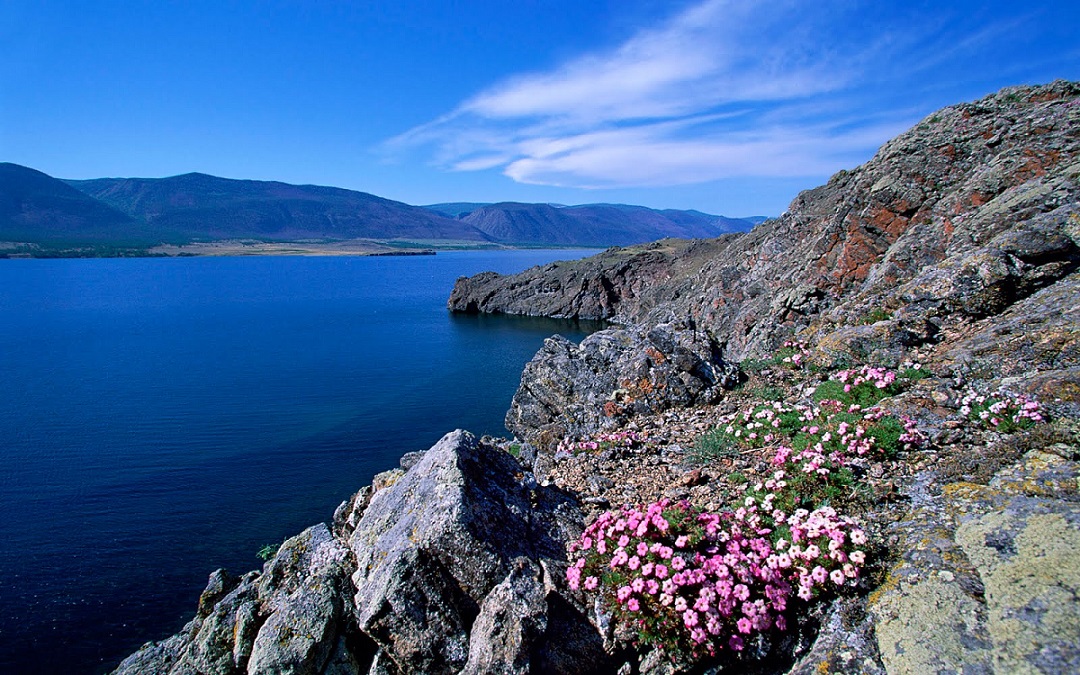
CURONIAN SPIT (RUSSIA’s PART)
With a territory of more than 16,000 acres, Curonian Spit National Park covers the spit of the same name, which is a type of depositional sandbar that separates the salt-water Baltic Sea on the west from the freshwater Curonian Lagoon to the east. The Russian part of the park stretches south, along 25 miles of the 60 miles-long spit, and borders Lithuania, which controls the northern part of the Curonian Spit.
Being a UNESCO World Heritage Site shared by the two countries, the park has a rich flora with about 900 different species of trees and plants. When you are there, don’t miss the famous “dancing forest” – a pine forest with trees whose trunks are twisted in bizarre ways. The park is also home to about 344 species of animals such as marten, ermine, weasel, otter, badger, fox, as well as raccoon dog and many others.
Visitors to the protected area can enjoy the history of the Curonian Spit, its flora, and fauna, as well as take boat trips along the lagoon.
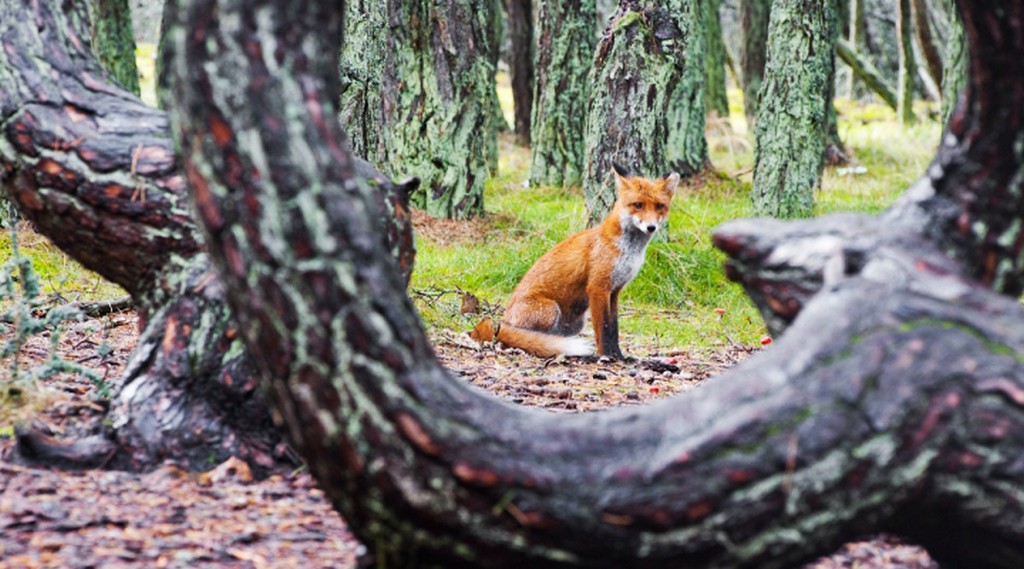
STOLBY NATURE RESERVE
Being one of the oldest reserves in the country, the Stolby Nature Reserve covers more than 116,000 acres of the northwestern spurs of the Sayan Mountains and features unique Siberian nature. Stolby is the most visited and developed protected area in Russia, with 350,000 tourists visiting it annually.
For a long time, the rocky landscape of the Stolby has been attracting visitors – both those seriously engaged in alpinism and amateurs. Nearly 70 kilometers of trails have been created for tourists. While the flora showcased in the reserve includes more than 820 species of plants, the fauna of the Stolby, which means “pillars” in Russian, is represented by 200 species of birds, several dozens of fish species, and species of animals such as musk deer, roe deer, brown bear, wolf, lynx, glutton and fox.
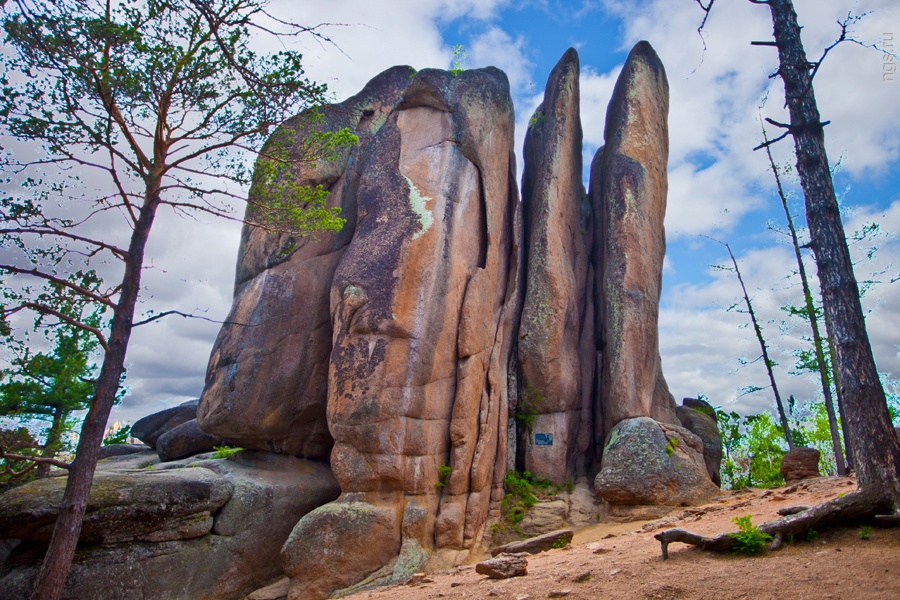


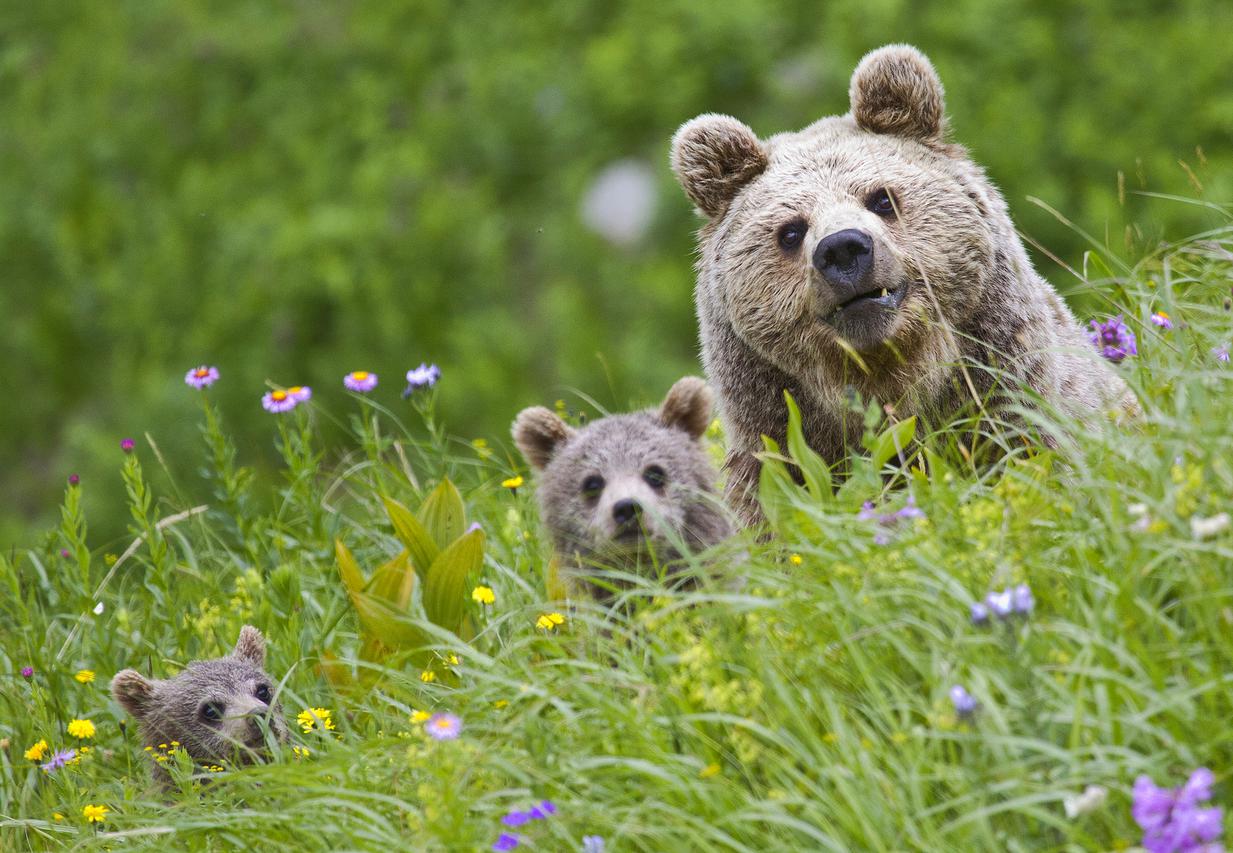




 Azerbaijan and Armenia started the process of demarcation of their border on Tuesday, with the installation of the first border markers based on ge...
Azerbaijan and Armenia started the process of demarcation of their border on Tuesday, with the installation of the first border markers based on ge...
 Armenian sappers commenced on Monday mine-clearance operations in the territories adjacent to the Saint Mary Church in village of Voskepar (Armenia...
Armenian sappers commenced on Monday mine-clearance operations in the territories adjacent to the Saint Mary Church in village of Voskepar (Armenia...
 Iran has refuted reports of alleged damage to Shimon Peres Negev Nuclear Research Centre located southeast of Dimona, Israel, during the recent air...
Iran has refuted reports of alleged damage to Shimon Peres Negev Nuclear Research Centre located southeast of Dimona, Israel, during the recent air...
 Iran and Pakistan have signed eight cooperation documents in various fields, and agreed to strengthen ties to fight terrorism in the region.
Iran and Pakistan have signed eight cooperation documents in various fields, and agreed to strengthen ties to fight terrorism in the region.



